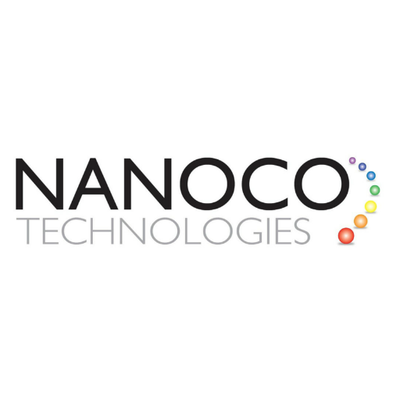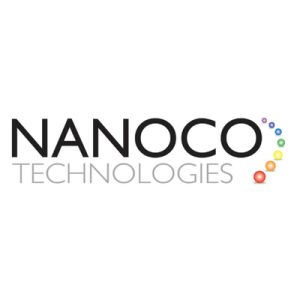Quantum dots are minute semiconductor particles with dimensions measured in nanometres. These particles exhibit unique optical and electronic characteristics due to quantum mechanical effects, distinguishing them from larger particles. Known for their quantum size effects, these nanocrystals behave in ways that are highly intriguing, especially when it comes to their optical and electronic properties.
When exposed to UV light, an electron within a quantum dot can absorb energy and transition to a higher energy state. In semiconducting quantum dots, this means the electron moves from the valence band to the conductance band. Once the excited electron returns to the valence band, it releases energy in the form of light, a process known as photoluminescence. The specific colour of the emitted light depends on the energy difference between these two bands, which is dictated by the confinement of electrons in the small quantum dot volume.
Nanoscale semiconductor materials can confine electrons or electron holes (which are essentially the absence of an electron in a possible location). This confinement mimics a three-dimensional particle in a box model. The transitions between allowed energy levels in quantum dots resemble atomic spectra, where electrons in atoms absorb or emit radiation when transitioning between energy levels. Due to this, quantum dots are sometimes referred to as artificial atoms. By combining multiple quantum dots, artificial molecules can be created, which display a unique blend of their individual properties, even at room temperature. These assemblies can be arranged into superlattices that exhibit their own distinct optical and electronic properties.
Quantum dots bridge the gap between bulk semiconductors and individual atoms or molecules. Their optoelectronic behaviour varies depending on their size and shape. For example, larger quantum dots emit longer wavelengths such as orange or red, while smaller dots produce shorter wavelengths like blue or green. The exact colour output also depends on the composition of the quantum dot.
The potential applications of quantum dots span numerous industries, thanks to their exceptional properties. Their high light absorption capabilities and rapid optical nonlinearities make them valuable in optical systems, especially in all-optical designs. These particles, which also display the Coulomb blockade effect (a reduction in electrical conductance at low voltages), could play a role in quantum information processing, possibly as qubits, and in thermoelectric devices.
In the realm of optics, quantum dots are used in diode lasers, amplifiers, and as biological sensors. Their narrow emission spectra and broad excitation profiles make them ideal for optical encoding and multiplexing information channels. They are gradually replacing organic dyes in biological imaging due to their increased brightness and stability. From tracking single particles to capturing high-resolution cellular images, quantum dots are enhancing a wide range of biological research techniques.
Quantum dots are also making strides in solar energy. Their tunable absorption spectra and high efficiency at absorbing light make them promising candidates for next-generation photovoltaic devices. Quantum dot-based solar cells, such as colloidal quantum dot photovoltaics, hybrid solar cells, and those integrated with nanowires, show great potential for increasing the efficiency of solar panels while lowering costs. These dots are also improving LEDs by offering better colour accuracy and energy efficiency, with quantum dot displays delivering brighter and more vibrant screens.
Beyond optics and photovoltaics, quantum dots are used in photodetectors, photocatalysis, and antibacterial applications. Their fabrication through solution-processing or conventional methods allows for versatility in designing photodetectors. They also serve as photocatalysts in chemical reactions driven by light, such as water splitting for solar fuel production.
Quantum dots represent a captivating intersection of nanotechnology and real-world applications. Their impressive quantum mechanical properties, combined with a wide range of uses across industries, demonstrate how these tiny structures are driving innovation. As researchers continue to explore their capabilities and refine their production methods, quantum dots may revolutionise fields from electronics to medicine, ushering in a new era of nanoscale breakthroughs.
Nanoco Group PLC (LON:NANO) leads the world in the research, development and large-scale manufacture of heavy metal-free nanomaterials for use in displays, lighting, vertical farming, solar energy and bio-imaging.


